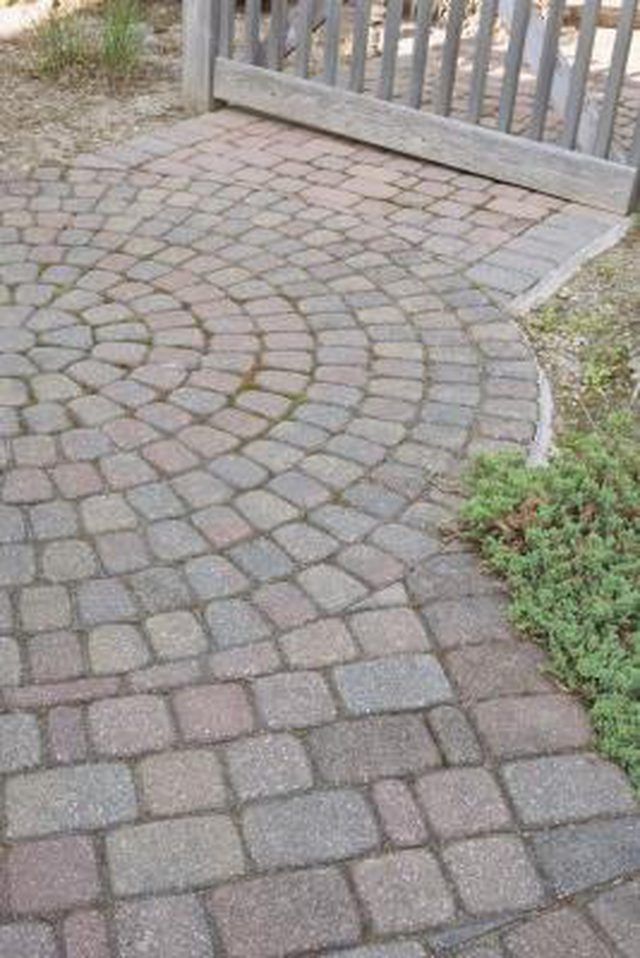Bulbs
Flower Basics
Flower Beds & Specialty Gardens
Flower Garden
Garden Furniture
Garden Gnomes
Garden Seeds
Garden Sheds
Garden Statues
Garden Tools & Supplies
Gardening Basics
Green & Organic
Groundcovers & Vines
Growing Annuals
Growing Basil
Growing Beans
Growing Berries
Growing Blueberries
Growing Cactus
Growing Corn
Growing Cotton
Growing Edibles
Growing Flowers
Growing Garlic
Growing Grapes
Growing Grass
Growing Herbs
Growing Jasmine
Growing Mint
Growing Mushrooms
Orchids
Growing Peanuts
Growing Perennials
Growing Plants
Growing Rosemary
Growing Roses
Growing Strawberries
Growing Sunflowers
Growing Thyme
Growing Tomatoes
Growing Tulips
Growing Vegetables
Herb Basics
Herb Garden
Indoor Growing
Landscaping Basics
Landscaping Patios
Landscaping Plants
Landscaping Shrubs
Landscaping Trees
Landscaping Walks & Pathways
Lawn Basics
Lawn Maintenance
Lawn Mowers
Lawn Ornaments
Lawn Planting
Lawn Tools
Outdoor Growing
Overall Landscape Planning
Pests, Weeds & Problems
Plant Basics
Rock Garden
Rose Garden
Shrubs
Soil
Specialty Gardens
Trees
Vegetable Garden
Yard Maintenance
How to Fix Sunken Pavers
How to Fix Sunken Pavers. It's inevitable that, over time, your paver patio or garden stepping stones will sink into the ground; depending on the process and materials used to install the pavers, this could take months or it could take many years. Pavers sink due to the settling of the ground; the wetter your area, the faster the pavers will sink....

It's inevitable that, over time, your paver patio or garden stepping stones will sink into the ground; depending on the process and materials used to install the pavers, this could take months or it could take many years. Pavers sink due to the settling of the ground; the wetter your area, the faster the pavers will sink. Fixing sunken pavers is a fairly straightforward task and can be completed in a weekend.
Things You'll Need
Crowbar
Shovel
Bow rake
Crushed limestone
Masonry sand
Tamper
Level
Remove the old pavers. Wedge a crowbar under each paver and pry it out. If you are removing all of the pavers from a patio, note the size of the joint (gap) between pavers, then remove and lay the pavers out in the same order nearby so you can replace them quickly.
Level the ground beneath the pavers with a bow rake. Firmly compact the area with the tamper. Hold the tamper in front of you with both hands around the handle and tamp an area until the ground is hard; move to another section and repeat until the whole area has been compacted.
Spread 2 inches of crushed limestone over the area, level with the bow rake and compact firmly with the tamper. Spread 2 more inches of crushed limestone, level and compact.
Spread 1 to 2 inches of sand over the limestone and level with the back edge of the bow rake. Compact with the tamper.
Lay your pavers. Check each for level, and keep the joints consistent with the original layout.
Spread masonry sand across the patio. Sweep the sand into the joints and tamp gently with the tamper to allow the sand to settle. Continue adding, sweeping and tamping sand until your joints are full.
Tips & Warnings
Consider using a different style of paver or creating a different design using your existing pavers; fixing sunken pavers uses the same process as laying a new patio, so this is an opportune time to upgrade or try a different look.
If you are fixing a large area, consider renting a gas-powered compactor rather than using a handheld tamper.